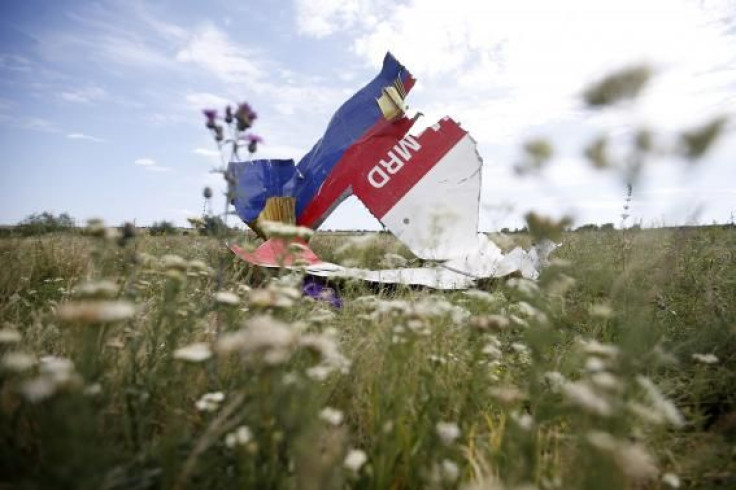MH17 Scams: Malaysia Airlines Crash Spawns Facebook, Twitter Fraud; Expect More

A number of fraudsters are already using the tragic destruction of Malaysia Airlines Flight MH17 as a means of scamming good Samaritans and unsuspecting social media users. And more scams are expected as the air disaster that claimed almost 300 lives last week gives rise to an all-too-familiar pattern.
“Without fail, every time there’s a disaster or crisis, the scammers come out,” said Ken Berger, president and chief executive of Charity Navigator, a nonprofit that evaluates U.S. charities.
In the last few days, at least six Facebook pages that have popped up are named after victims of the Boeing 777 that was shot down over eastern Ukraine on July 17. As the Australia’s Sydney Morning Herald reported, three of the fraudulent pages were set up in the names of children who were on board the plane. The bogus pages were said to be click-fraud schemes, in which visitors are shown a link to a phony website containing information about the crash. When the link is clicked, users are bombarded with various pop-up ads for online gambling sites and other shady services, the Herald said. The pages have since been shut down by Facebook Inc. (NASDAQ:FB), but keeping them shut down is kind of a game of Whac-A-Mole.
Last week, the online-security company Trend Micro reported a similar scheme on Twitter, which began just a few hours after Malaysia Airlines tweeted that it had lost contact with the plane. Suspicious tweets in Indonesian using the hashtag #MH17 contained a link to IP addresses linked to malicious websites. Trend Micro surmised it was a kind of spamming scheme in which trending Twitter topics are used as a way of drawing traffic to spammers’ URLs. The hashtag #MH17 was trending throughout much of the day following the crash.
Similar scams were seen following other recent tragedies, including the Boston marathon bombing last year and the 2011 Tōhoku earthquake and tsunami. With the rise of social media, the window between tragic events and the scams that attempt to capitalize on them is getting shorter and shorter. And given that much of what we see on Facebook and Twitter is shared by people we know, Berger said social media users can be particularly vulnerable to phony charities or other frauds purporting to help the victims’ families. “With all this richness of social media, you have more of an emotional tug,” he said. “You have all this emotional imagery. Barriers come down, and with two clicks you could be ripped off.”
If you are looking to help, your best bet is to “give to an organization that has a track record,” Berger said. “One that’s handled disasters before, and has the expertise, training and infrastructure.”
The best way to give money is online, Berger said, by visiting a charity’s website directly. Giving by mail is also OK, although the expense of processing mail and cashing paper checks means more of your money will go toward administrative costs. Berger cautions: “Never, never give by phone. We’ve found that telemarketers can be getting 95 cents on the dollar.”
MH17, a passenger flight from Amsterdam to Kuala Lumpur, was carrying 283 passengers and 15 crew members, and is believed to have been shot down by a Buk surface-to-air missile controlled by pro-Russian rebels. Charity Navigator is expected to have a list of recommended charities for MH17 on its website soon.
Got a news tip? Email me. Follow me on Twitter @christopherzara.
© Copyright IBTimes 2024. All rights reserved.












